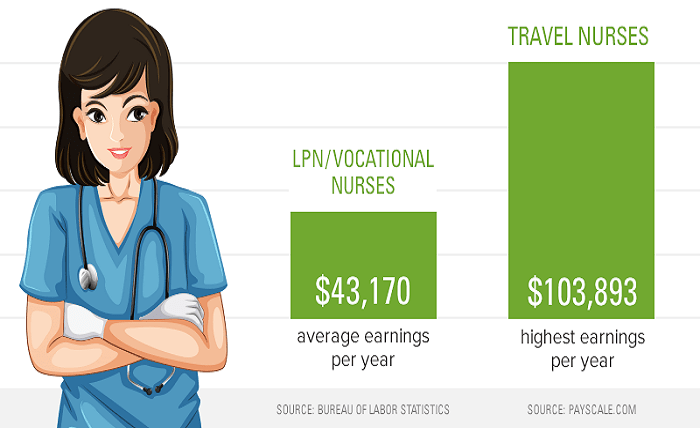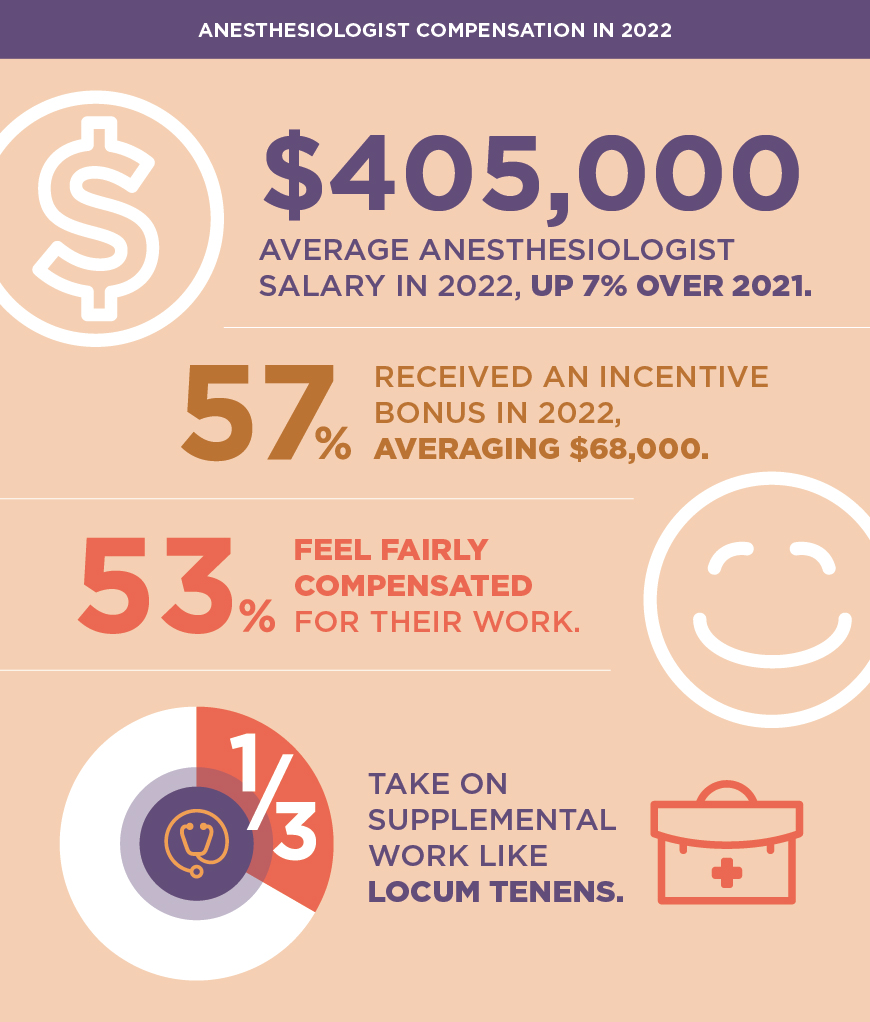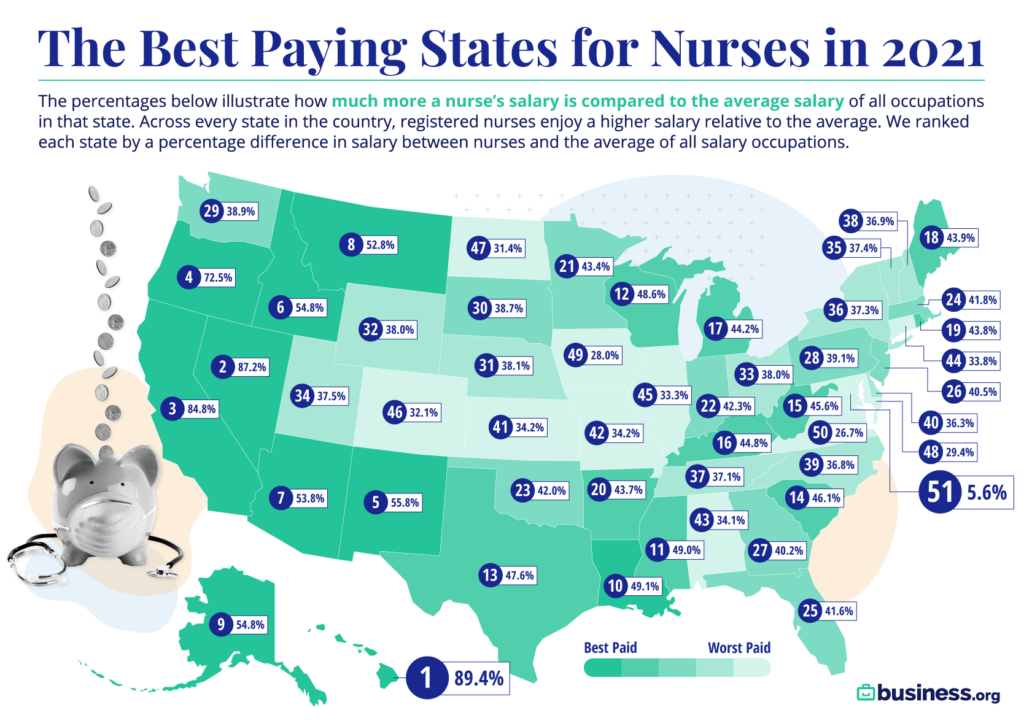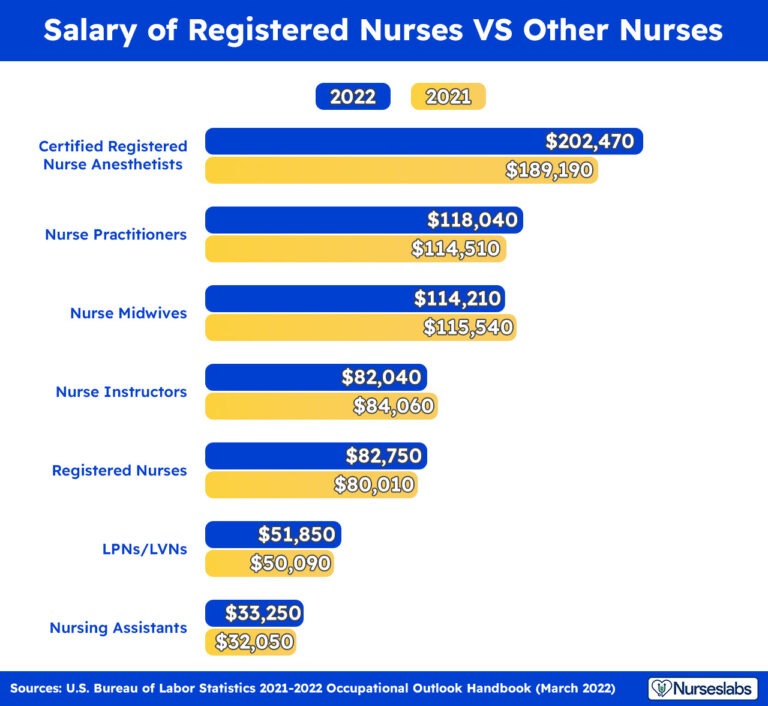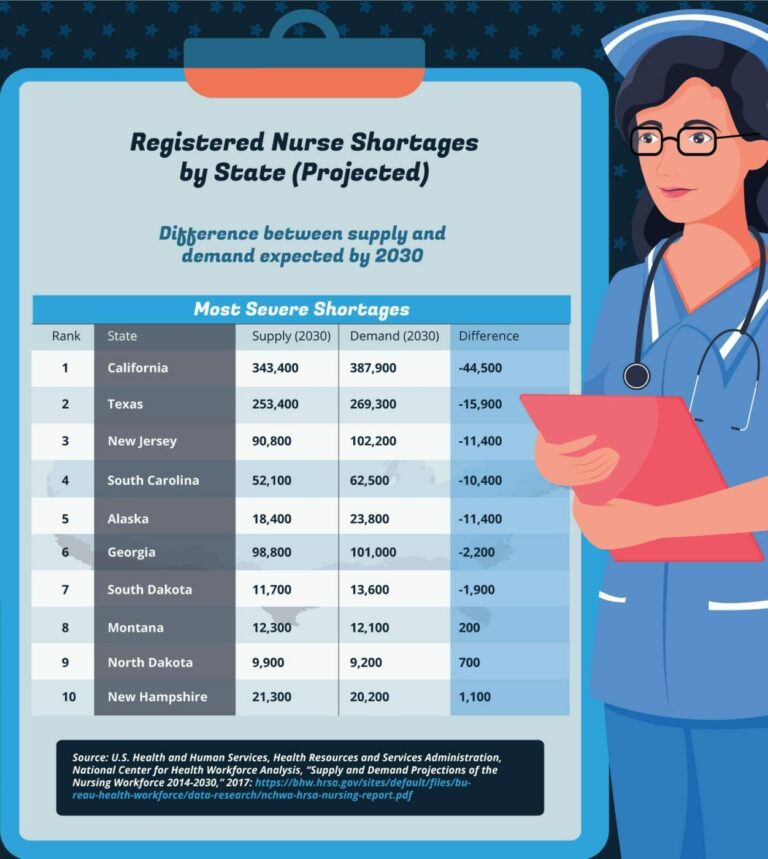How Much Does A Traveling Nurse Anesthetist Make

The demand for healthcare professionals is soaring, particularly in specialized fields like nurse anesthesia. Within this landscape, the allure of travel nursing, combined with the advanced practice of anesthesia, presents a compelling career path. But one central question consistently arises: how much does a traveling nurse anesthetist, or CRNA, really make?
This article delves into the earning potential of traveling CRNAs, dissecting the factors that influence their compensation. It examines regional variations, experience levels, demand fluctuations, and the role of agencies in shaping their financial outcomes. By presenting data from reputable sources and offering a balanced perspective, we aim to provide a comprehensive understanding of the financial realities for those considering or currently working as traveling nurse anesthetists.
Understanding the CRNA Landscape
Certified Registered Nurse Anesthetists (CRNAs) are advanced practice registered nurses who administer anesthesia and provide related care before, during, and after surgical, diagnostic, and obstetrical procedures. They work in a variety of settings, including hospitals, surgical centers, and physicians' offices.
Traveling CRNAs fill temporary staffing gaps in these facilities, often taking assignments lasting weeks or months in locations across the country. This flexibility comes with the potential for increased earning potential compared to their permanently employed counterparts.
The Earning Potential: A Deep Dive
Several factors contribute to the variability in traveling CRNA salaries. Location plays a significant role, with states experiencing higher demand or cost of living typically offering more lucrative contracts.
According to data from the Bureau of Labor Statistics (BLS), the median annual wage for nurse anesthetists in May 2023 was $212,650. However, this figure doesn't specifically isolate the earnings of travel CRNAs, who often command a premium due to the temporary and specialized nature of their work. Sites such as Indeed and ZipRecruiter, which aggregate job postings and salary information, show averages that can range from $200,000 to over $300,000 annually for travel CRNAs.
Experience is another critical determinant. CRNAs with many years of experience and specialized certifications are naturally in higher demand, can secure more competitive contracts. For example, a CRNA specializing in pediatric anesthesia might command a higher rate due to the niche skillset.
The Role of Travel Nursing Agencies
Most traveling CRNAs work through staffing agencies that connect them with healthcare facilities in need. These agencies negotiate contracts on behalf of the CRNAs, and they receive a commission for their services.
The percentage the agency gets can vary, but it's crucial for CRNAs to understand the terms of their contract to ensure fair compensation. Factors like housing stipends, travel reimbursements, and benefits packages also impact the overall financial picture.
A reputable agency will provide transparency regarding pay rates and benefits. They should also offer support with licensing, credentialing, and other administrative tasks, making the transition to different assignments as seamless as possible. Reputable agencies include Aya Healthcare and Medely.
Weighing the Pros and Cons: Beyond the Paycheck
While the financial rewards of travel nursing can be substantial, it's essential to consider the lifestyle implications. Frequent travel, adapting to new environments, and being away from family and friends can be challenging.
Furthermore, the income of a travel CRNA is impacted by demand, meaning times of low demand could lead to fewer job opportunities. This requires careful financial planning and the ability to adapt to fluctuating income streams.
However, many travel CRNAs value the flexibility and autonomy that this career path offers. The opportunity to experience different healthcare settings, broaden their skill set, and explore new parts of the country are also compelling benefits.
Looking Ahead: The Future of Travel CRNA Salaries
The demand for CRNAs is projected to grow significantly in the coming years, driven by an aging population, advances in surgical procedures, and the increasing emphasis on cost-effective healthcare delivery.
This positive outlook suggests that travel CRNAs will continue to be in high demand, potentially driving up salaries. However, economic factors, healthcare policy changes, and the emergence of new healthcare delivery models could influence future earning potential.
Ultimately, the decision to pursue a career as a travel CRNA is a personal one, requiring careful consideration of both the financial rewards and the lifestyle implications. By understanding the factors that influence compensation and weighing the pros and cons, individuals can make informed decisions and embark on a fulfilling and financially rewarding career path. The American Association of Nurse Anesthesiology (AANA) provides additional information.


